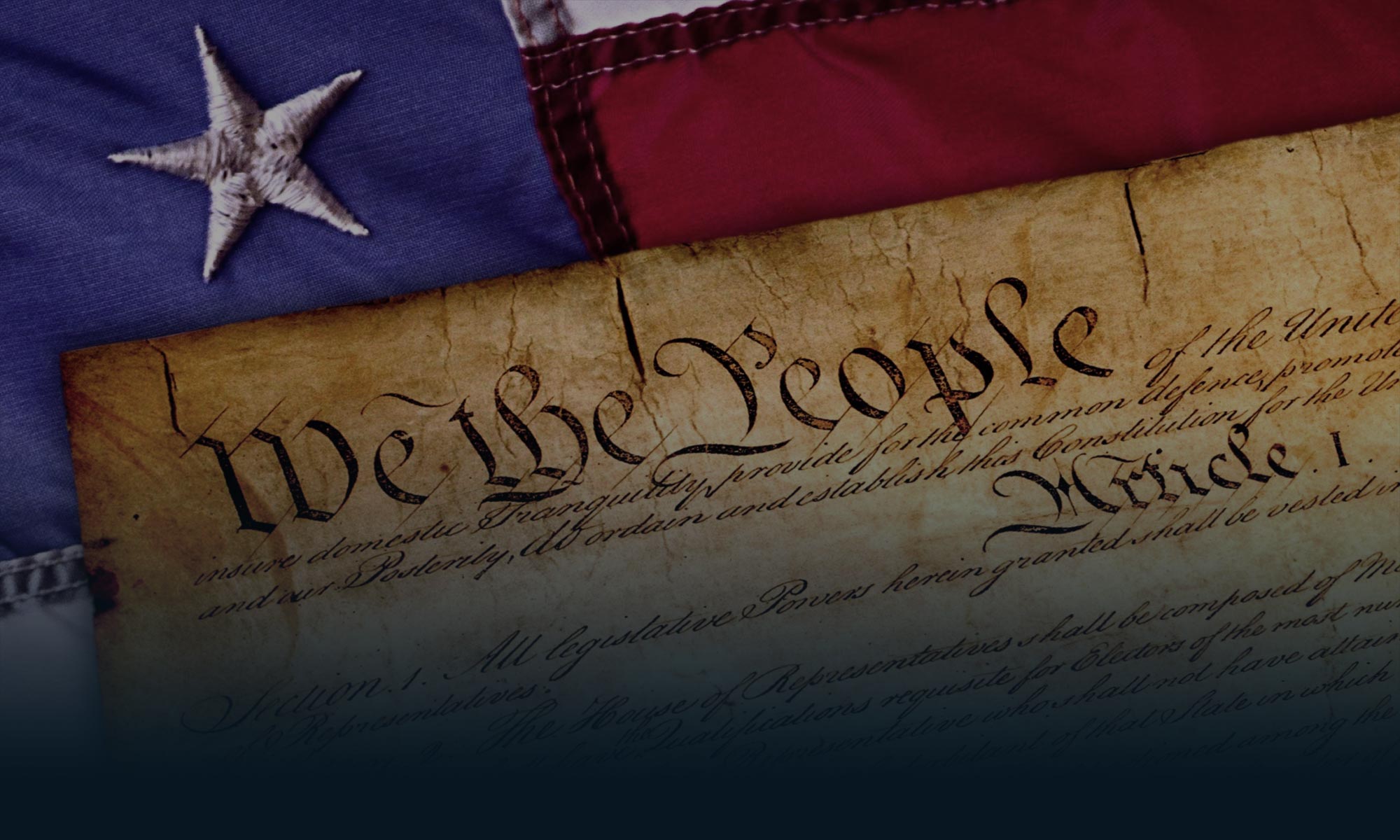Since 1985, the Public Broadcasting Service (PBS) has had a policy on the books stating that its member stations must offer a “nonsectarian, nonpolitical, noncommercial educational program service.”
It might be going a bit far to say that PBS has “adhered” to the policy. Member stations routinely air presidential debates and weekly shows like “Washington in Review” that are nothing if not political. The “enhanced underwriting credits” for big program funders like Boeing and Lockheed Martin look suspiciously like slick network TV commercials.
And being British isn’t enough to make shows like “Are You Being Served?” and “As Time Goes By” educational. Moreover, a handful of smaller stations run sectarian programs that include Catholic Masses and Mormon worship services.
Now, however, the PBS board is considering a revision to its so-called “Three Nons” policy that could force local religious programming off the airwaves of PBS member stations, or force those stations to give up their PBS membership.
A change in policy would likely affect stations like WLAE in New Orleans, which has aired a Sunday Mass since 1984, and Brigham Young University’s KBYU in Provo that carries Mormon worship services.
The proposed policy change is a bad idea. A PBS committee “believes that if PBS or its Member Stations were perceived by the public to be ‘commercial,’ ‘political,’ or ‘sectarian,’ PBS could be hampered in its ability to carry out its mission.”
Wait a minute – PBS seems to be carrying out its mission just fine with its members’ current mix of programming that includes all of the above.
So why single out sectarian programming? Some might argue that there should be a strict separation of church and state, since PBS member stations receive some funding from the federal government’s Corporation for Public Broadcasting, either directly or through PBS.
But one need look no further than the FCC, which regulates both noncommercial and commercial broadcasting, to diffuse that argument. As far back as 1929, the agency (then the Federal Radio Commission) said that broadcast licensees would meet their “public interest” obligations by offering a “well-rounded” mix of programming that included “religion, education and instruction.” In a 1946 report, the FCC said it expected broadcasters to make free time available to “religious, civic, agricultural, labor, and educational groups.”
The FCC strayed from that policy briefly in 1999, when it issued a ruling that would have banned religious exhortation, proselytizing, and personal expressions of religious belief. The resulting firestorm was so fierce (including the swift introduction of several bills in Congress) that the FCC deleted the provision a mere month later.
PBS should take its lead from the FCC. PBS would do well to respect the local character of its member stations, and allow those stations to meet the needs of their audiences without injecting an anti-religion bias.
As it is, public broadcasting in this country is a strange and unlikely amalgam of governmental and private interests, with stations licensed to state and local governments, public and private universities, and even religious groups. Its fragile equilibrium could easily be disrupted – say, by an untoward policy change.
Changing the “Three Nons” policy as proposed will accomplish nothing positive. On the contrary, quite likely it will cause a firestorm of its own that might well ignite the now-simmering debate about the very existence of PBS, and whether a broadcasting system that receives even minimal government funding is still a good or necessary idea in this age of media abundance.

